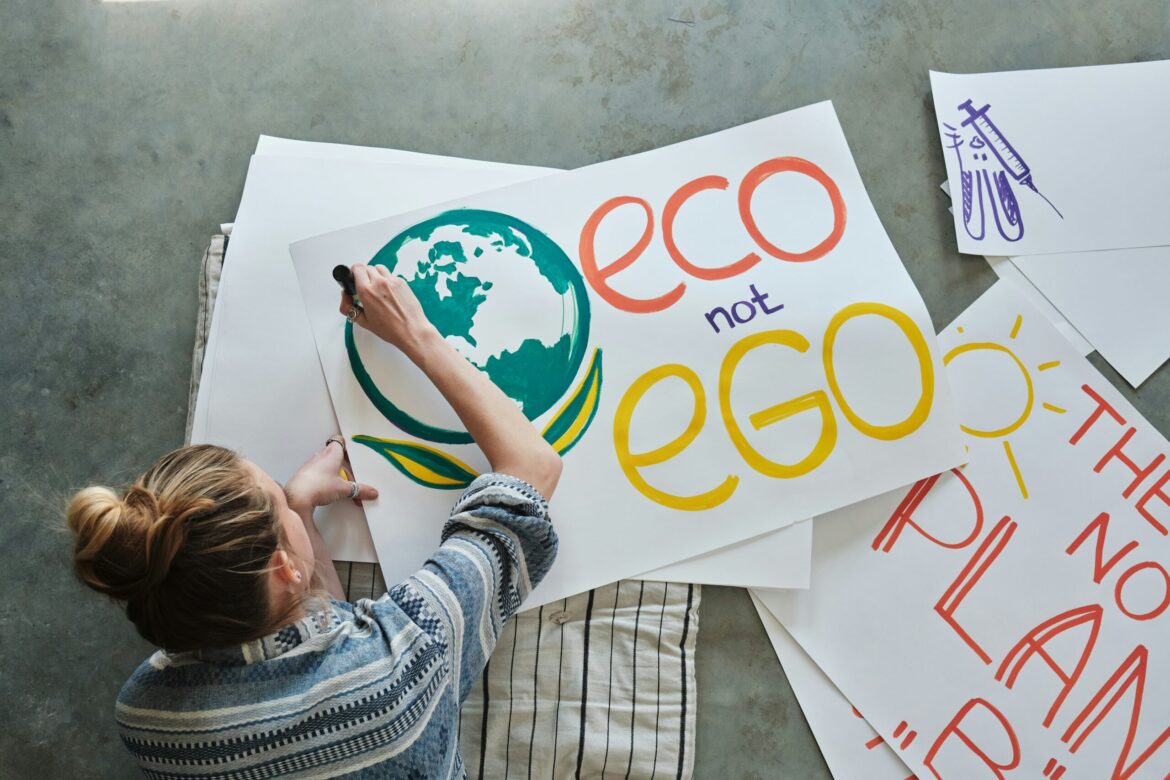January 18, 2025
The sustainable fashion movement is gaining unprecedented momentum in 2025, as more U.S. consumers opt for eco-friendly clothing options that align with their growing concerns about environmental impact. On January 18, 2025, industry leaders and major fashion retailers revealed a significant surge in sales for sustainable fashion lines, with eco-conscious apparel now making up a substantial portion of the market. This shift is being driven by consumers who are increasingly prioritizing sustainability over fast fashion, embracing brands that focus on ethical production, sustainable materials, and transparency in their supply chains.
The rise of sustainable fashion is fueled by the growing awareness of the fashion industry’s environmental footprint, which is one of the largest polluting sectors globally. In response to this, more consumers are opting for brands that use organic cotton, recycled materials, and innovative fabric alternatives that reduce waste and carbon emissions. Major fashion brands such as Patagonia, Levi’s, and H&M are expanding their sustainable collections, while new, eco-conscious startups are gaining traction with consumers seeking stylish yet environmentally responsible clothing.
One of the defining features of this trend is the rise of “slow fashion,” a movement that advocates for the purchase of fewer, higher-quality garments that are made to last. Instead of chasing seasonal trends, slow fashion focuses on durability, craftsmanship, and timeless designs. Consumers are becoming more mindful of their purchasing decisions, choosing to invest in long-lasting pieces rather than cheap, disposable items that contribute to landfills.
“People are waking up to the impact of their clothing choices, and they want to make more sustainable decisions,” said Jessica Adams, a designer and sustainability advocate in New York. “The demand for eco-friendly clothing is no longer niche—it’s becoming the norm. More brands are stepping up to the challenge and offering products that align with both style and sustainability.”
Sustainable fashion is also being influenced by innovations in textile production. For example, bio-fabricated materials, such as lab-grown leather and plant-based fabrics, are now being used to create high-quality, environmentally friendly alternatives to traditional materials. The shift toward circular fashion is also gaining traction, with brands offering clothing recycling programs and encouraging customers to buy pre-owned or upcycled garments.
Additionally, the influence of social media and celebrity endorsements has played a role in driving the popularity of sustainable fashion. Influencers and high-profile celebrities are increasingly using their platforms to advocate for eco-conscious brands, making sustainability a key factor in the way many consumers approach fashion. The rise of “conscious consumption” has led to the growth of fashion platforms that allow shoppers to discover ethical brands and learn more about the sustainability practices behind their favorite products.
Retailers are taking note of this shift. In 2025, large department stores and online marketplaces are dedicating entire sections to sustainable clothing, ensuring that eco-friendly options are readily available to the mass market. In addition, many are committing to full transparency about the environmental impact of their products, providing customers with detailed information on sourcing, manufacturing, and end-of-life recycling options.
However, despite the progress, challenges remain. The cost of sustainable clothing is often higher than fast fashion, which can be a barrier for many consumers. Additionally, the need for more widespread adoption of circular fashion practices, such as garment recycling, remains a challenge.
Nevertheless, the trend toward sustainable fashion in 2025 signals a major shift in the industry and consumer habits. As more people become aware of the environmental toll of fast fashion, the demand for sustainable, ethical apparel is likely to continue growing, shaping the future of the fashion industry for years to come. This evolution marks the beginning of a more responsible approach to style, where sustainability and fashion can coexist.


